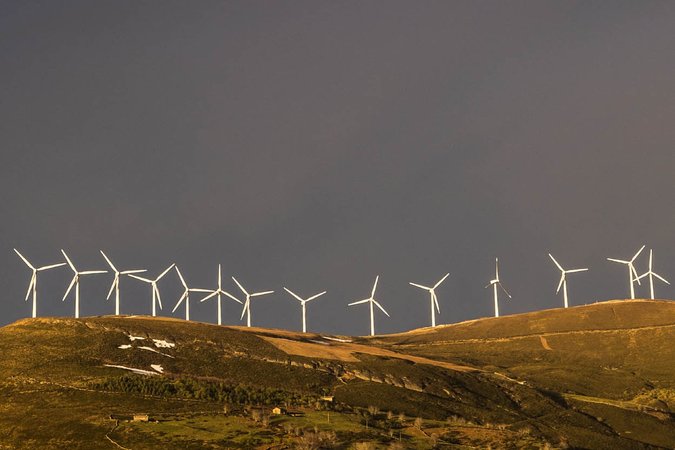From Fabrics to Fossils: What Can the Decline of US Textile Manufacturing Teach Us About the Energy Transition?
This issue brief draws insights from US textile manufacturing to note key policy implications for the energy transition.
Abstract
The imperative to reduce greenhouse gas emissions will almost certainly lead to a major economic transition for the people and places where coal, oil, and natural gas are produced, processed, and consumed at certain facilities, such as power plants. Although the needed scale and speed of the energy transition is unique (National Academies of Science, Engineering, and Medicine 2021), previous economic transitions may provide insight for decisionmakers at the local, regional, and national levels. In this analysis, we draw insights from textile manufacturing, which has undergone multiple transitions in the United States. We focus on public policies that were designed to support this industry and its workers during disruptions, and we draw four key lessons for the energy transition:
- Advanced planning and notification are crucial. This concept applies to individual workers, plants, and communities and extends further to reflect the importance of developing a predictable, long-term timeline for energy transition that allows all actors to plan appropriately for the future.
- Employment is more than a paycheck. Policymakers need to carefully consider the social dynamics associated with employment and transition. Workers value the identity and community created by their employment, and programs that preserve these connections are more likely to be successful.
- Flexibility is important. Each worker has a unique set of circumstances and preferences. Programs that restrict eligibility based on arbitrary criteria or impose tight timelines for benefits are unlikely to allow the flexibility that would benefit individuals and families as they make decisions about their future.
- We can do better. Evidence on the benefits of federal Trade Adjustment Assistance (TAA) is mixed at best, particularly for textile workers. The energy transition will need to improve on these outcomes if it is to be truly equitable.
To read the full issue brief, click "Download" above.





